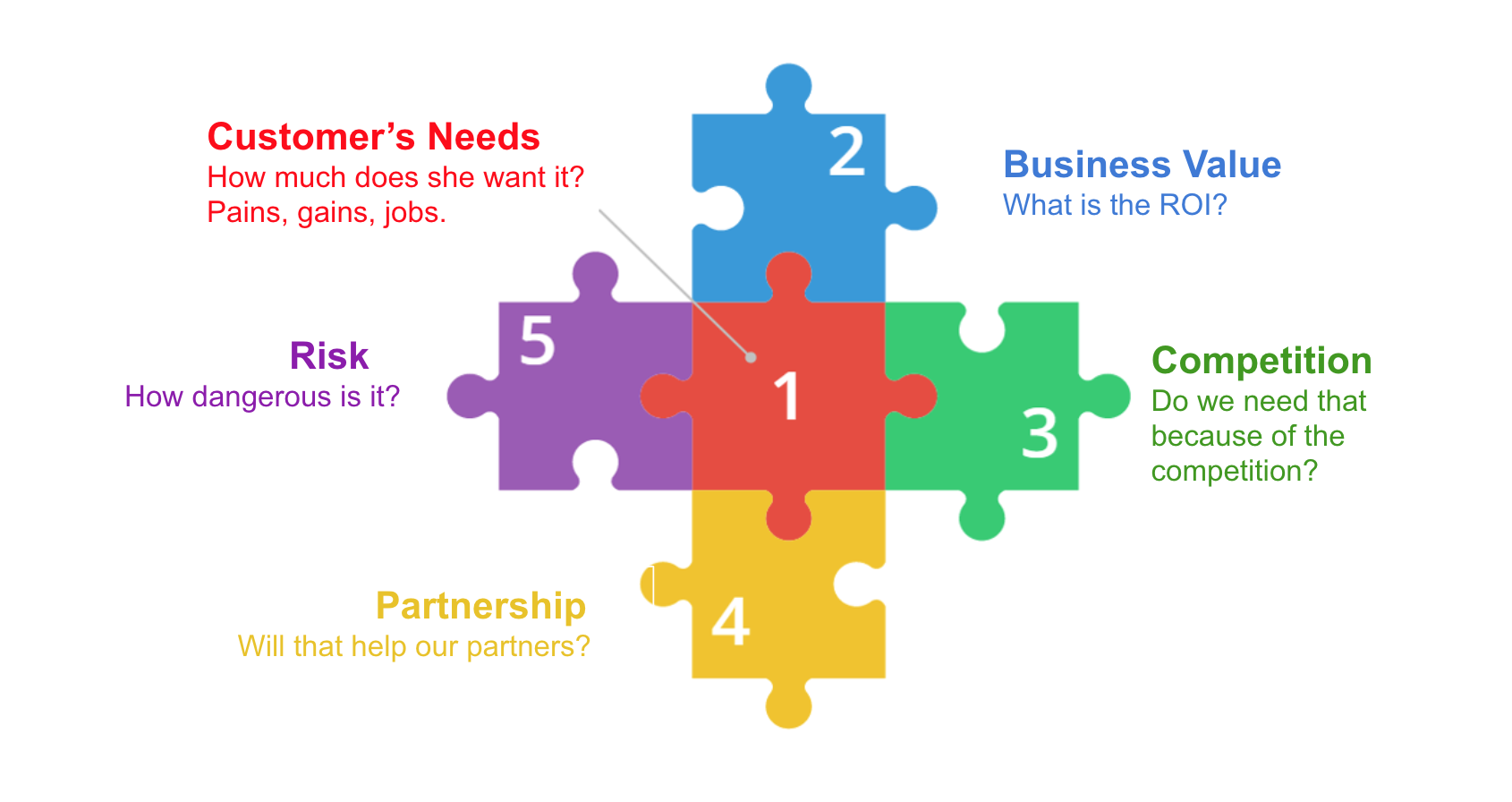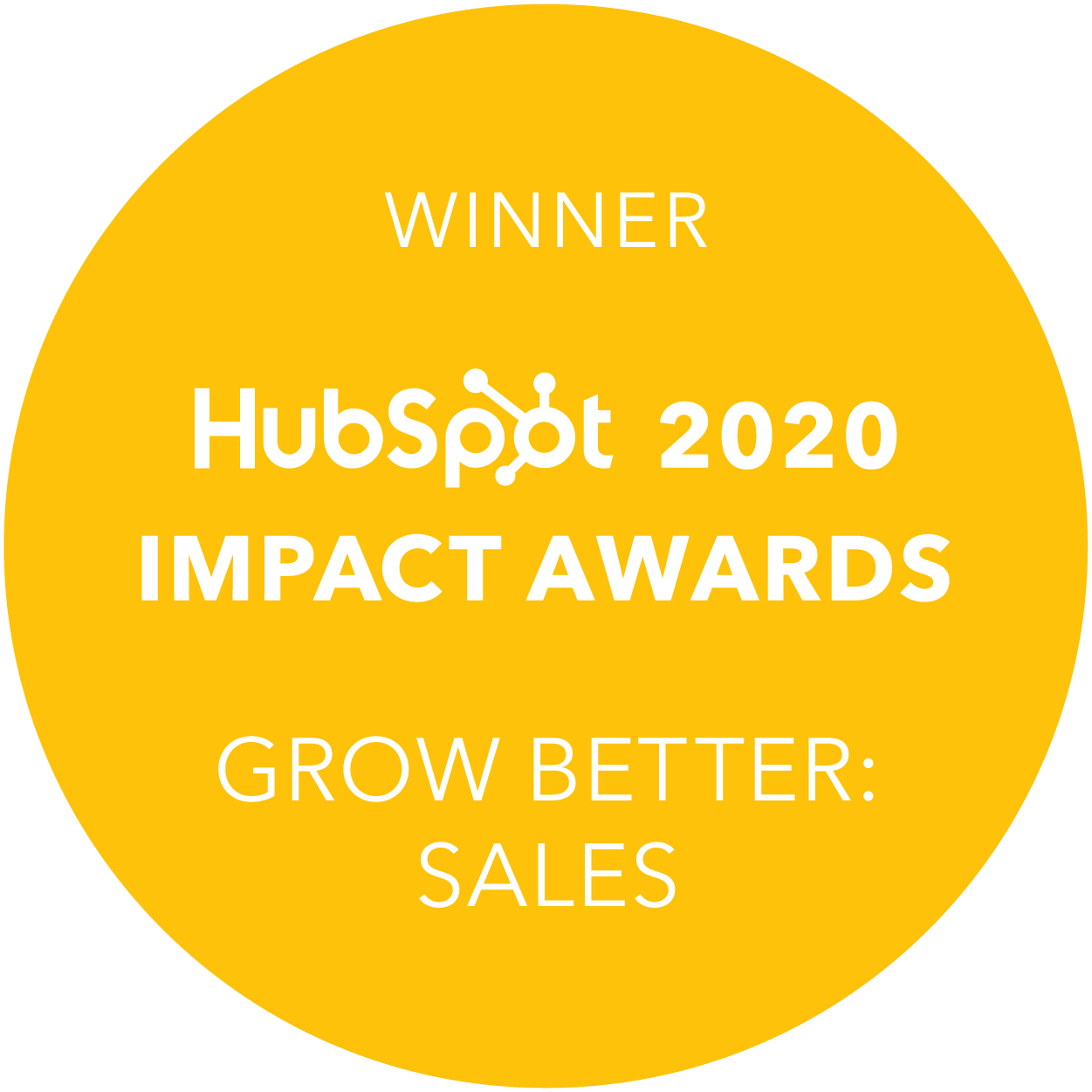For salespeople, prospecting has never been harder than it is today. With B2B buyers completing up to two thirds of the customer journey independent of a sales rep, it’s becoming increasingly challenging to search for potential customers, clients, or buyers in order to develop new business.
With buyers accustomed to being in charge of the sales conversation, salespeople need to embrace the new definition of prospecting, which is no longer about providing product demo’s or attempting to close but educating, supporting and guiding buyers through their buying process.
To do this successfully, you need to understand your buyer's context. This requires mastering the exploratory phase of the sales strategy, the part where you can truly learn how best you can help your prospects, identify whether they need your help, and whether they want it. Armed with this knowledge, you can open your prospect's eyes to a better world by demonstrating that you can help them overcome their challenges and achieve their goals all within the right timeline and budget.
So, let's break down the art of prospecting like a pro into four simple actionable steps.
Step 1: Research

During the first stage of prospecting, you need to work out if the prospect is a good fit for your business. Only then can you position the true value statement of your product/service and suggest an appropriate path forward.
The most common objection from a prospect is due to time constraints and budget limitations. Therefore, a key part of the exploratory phase is to determine what your prospect's budget and timeline is for achieving their goals. Conduct some background research on the prospect and filter out potential buyers that clearly don’t have bandwidth to consider your offer.
Ensure you are capturing the right data points on your leads when they sign-up on your website. How leads interact with your website can tell you a lot about how interested they are in buying from you and what pain points they are trying to overcome. The type of content they are engaging with will give you some indication as to what challenges they are trying to overcome.
Your sales team are on the front line, communicating directly with both leads who turned into customers and those who didn't. Therefore, they tend to have a pretty good idea on the type of customer profile that needs your offer, as well as, the correlation between a leads engagement with certain pieces of content on your website compared with others. Leverage their insights to determine the likelihood of a lead converting into a customer based on how well they match the criteria of your ideal customer profile. In-person research like this will complement your hard-data and ensure you are prospecting most effectively when it comes to qualifying leads.
Step 2: Prioritise
 After conducting research on your leads, you should have two clear buckets of leads; those who have been disqualified as bad-fit leads, and those who may be qualified sales leads. Prioritise those qualified sales prospects based on the size of the opportunity or their potential lifetime value. A prospect who matches the criteria of your buyer persona, has a clear business challenge that aligns with your offer and has a high level of interaction with your website and social media accounts is most likely to convert into a customer.
After conducting research on your leads, you should have two clear buckets of leads; those who have been disqualified as bad-fit leads, and those who may be qualified sales leads. Prioritise those qualified sales prospects based on the size of the opportunity or their potential lifetime value. A prospect who matches the criteria of your buyer persona, has a clear business challenge that aligns with your offer and has a high level of interaction with your website and social media accounts is most likely to convert into a customer.
To rank good-fit prospects in order of their likeliness to convert into customers, you'll need to score a lead based on how well they match your customer profile. Most CRM's like HubSpot allow you to manually assign a numerical value next to each contact in order to reflect the leads likelihood of becoming a customer.
Based on the information you've gleaned about your ideal customer profile from your research, pick 5 key attributes that you want to score leads on. Let's suppose you're a SaaS company that provides IT software to medium size organisations. A tech company with 30-50 employees that requests a free trial of your product has a higher chance of becoming a customer compared with a paint manufacturer that does not. In that, case "online behaviour", and "company information" will be two key attributes you'll want to measure when scoring leads to determine which ones are most interested in buying your product.
Your 5 key attributes might look something like this:
- Online behaviour
- Company information
- Demographic information
- Social engagement
- Spam detection
Next, assign a percentage between 1-100 to each dimension you use during your research based on how important they are to the sales process.
- Social media presence = 10%
- Marketing automation technology = 15%
- Number of employees larger than 100 = 40%
Next, you need to assign the value of each prospect on a scale of 1-100 based on your predetermined dimensions.
- Prospect Company X
- Social media presence: 20
- Number of employees: 70
- Use of marketing automation tools: 30
Finally, use the following formula to calculate the lead's score.
- Total score = Prospect’s value x Dimension’s weight
Prioritising leads in this way ensures that you're connecting with the warmest leads first. Not only does this lessen the risk of losing good-fit prospects to a potential competitor, it also boosts salespeople's morale as data ranks the prospects interested in the service offered.
Step 3: Identify key stakeholders

When it comes to the other end of the sales process, there should be two types of people on your mind: Decision-makers and influencers. While it’s the decision-maker who is responsible for approving or rejecting the buy, it's important not to neglect the impact influencers can have on the final decision. Typically, influencers will be the ones that are most likely to be using the product. Therefore, they will have a greater affinity with understanding the value of the product and can make a compelling case to decision-makers before you even speak to them. If you can get them to rally around your offering, they could become your most prominent internal advocate.
Step 4: Prep the outreach

Before you can deliver a flawless pitch, you need to gather as much in-depth information on your prospects. This will allow you to personalise your outreach and show your prospects that you genuinely care about helping them overcome their challenges. Think of this stage like a job interview; the more prepared you are going in and the more you know about the subject at hand, the more convincing you are going to appear when reaching out with your offering. Read the company's website and blogs. Review the challenges they are attempting to solve, as well as the types of companies engaging with them. This will allow you to position your offering based on your prospect’s needs and motivations.
After learning about your prospect, you need to find a reason to connect. That first call could go one of two ways. Being able to mention mutual connections or a particular event that triggered the outreach is an effective way of making a warm and non-salesey introduction. If they’ve recently visited your website, identify which search terms drove them there and which pages they looked at. Draw on these insights during that first call so you can be prepared to start showing value right from the get-go.
No matter how warm the lead, it’s a good idea to be prepared to combat any potential objections that might arise on the first call. Create a decision map that outlines your prospects options and end-goals. This will help you to handle any objections better and reposition your offering in alignment with your prospects needs, budget and expectations. You might also wish to conduct a competitive analysis to illustrate how your unique offering outweighs the competition.
Step 5: The first touch
In business, reciprocity is one of the most powerful forces. It’s an incentive-based behavioural equation which involves exchanging things with others for mutual benefit. While human psychology has long showed us how compelling this persuasive force can be, today, in the age of digital distraction, we are seeing how powerful reciprocity is when what you offer is actually given in advance instead of afterwards.
Instead of focusing on closing, your first touch with your prospect should be centred on helping them overcome their challenges and achieve their goals. Provide value and ask for nothing in return. Rather than scheduling a follow-up meeting, for instance, offer to conduct an audit on their digital media presence and get back to them a week later with your findings. You might also reference a specific problem that the prospect is encountering with a specific solution. This will demonstrate both your willingness to help and your competence at delivering value in alignment with their goals.
Your prospect wants to know that you understand their challenges. Get them to articulate the negative consequences of inaction and the positive implications of taking action. This will give you a better understanding of how you can help your prospect and give you a structure for communicating your prospect's story back to them, which will help them know you heard them. From there, you can begin to position your products/services as the antidote to their pain points.
Last but not least, keep it human and helpful. Remember, this is just a conversation between humans who are trying to determine if it’s a good fit. Therefore, the conversation should reflect that dynamic. Stay focused and inject a healthy amount of personality into your pitch. Customers value human and helpful interactions over robotic and salesey engagements. Adding in details like wishing someone a happy holiday or sharing something about the company’s product that resonated with you demonstrates that you care about the business and can ensure a healthy working relationship.

.png?width=200&height=67&name=RevM%20Digital%20Marketing%20Agency%20Woking%20Surrey%20(1).png)






